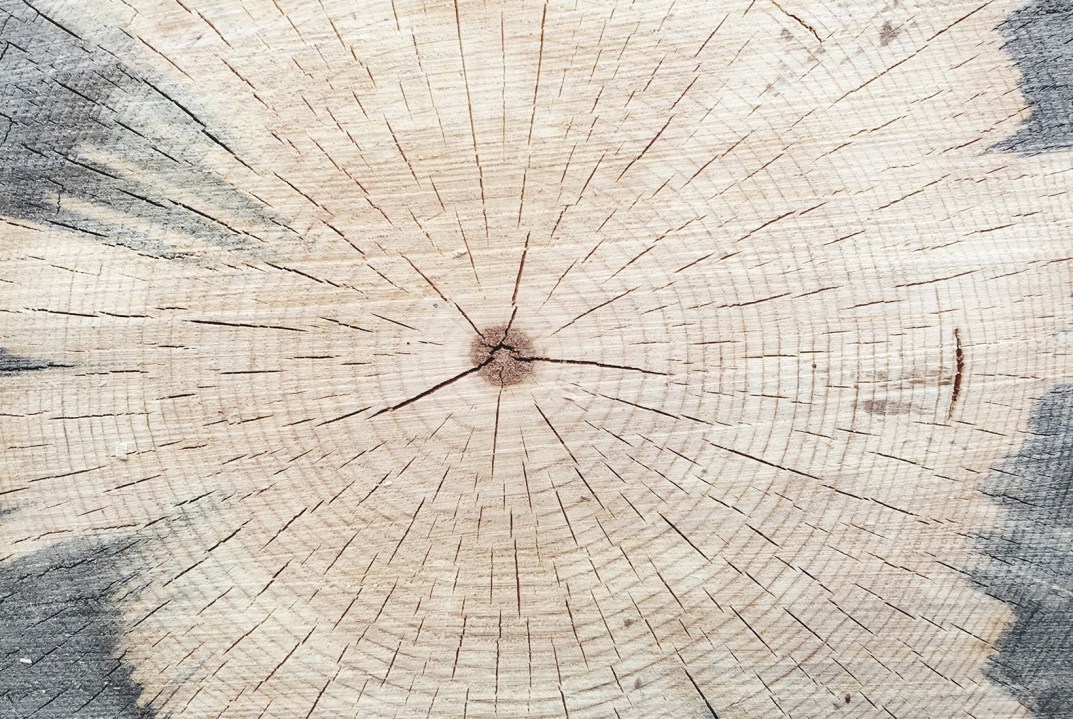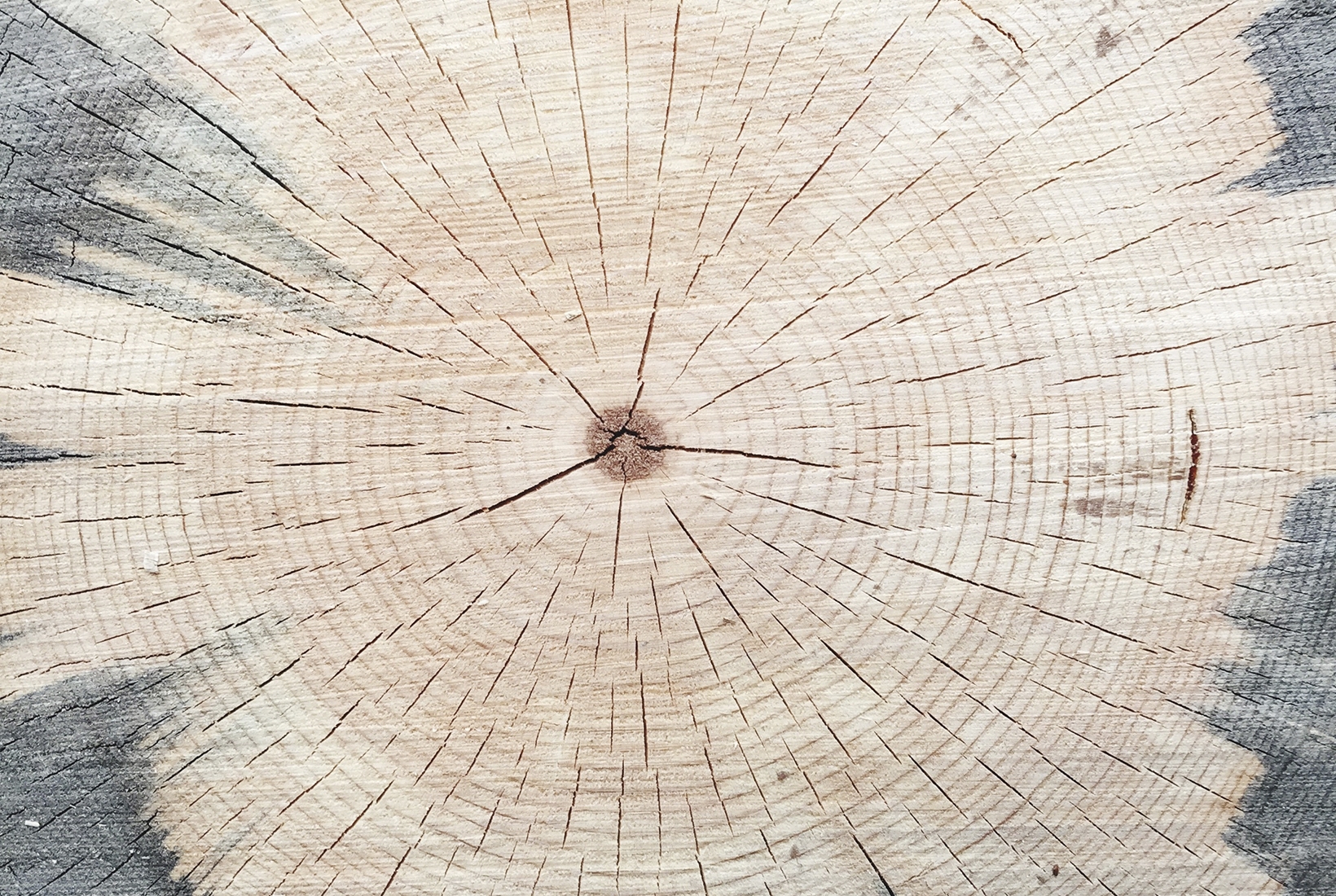History is only as good as its sources. It is limited largely to what has survived of written records, and in prehistory to random fragments unearthed by archaeologists and paleontologists. Climate history is no different. As the effects of global warming accelerate, it becomes ever more urgent to reassemble what we can of the atmospheric conditions of the past to gather evidence from wherever it may be.
Glacial ice cores are one place, with their frozen snapshots of long-ago air and traces of ash and pollen and greenhouse gases such as carbon dioxide or methane. Other climate proxies include the annual accretion of stalagmites, the growth of corals and the incremental layers of bone in the ears of fish. But in recent decades, tree rings have emerged as one of the most precise and revealing of all paleoclimatic indicators.
Each growing season, a tree adds an outer layer of cambium to its core of dead wood. How much is added is a function of thermal and pluvial conditions. The exact width of the ring and its microscopic structure give a very clear picture of the weather during a period of a few warm months, like a postcard from a distant summer.
It was analysis of tree rings that confirmed the authenticity of Stradivari’s famous Messiah violin
Valerie Trouet is a leading tree-ring scientist and her fascinating book recounts, among much else, how she and her fellow dendrochronologists are building a data base of astonishing accuracy and detail. In some areas — where deadwood is preserved in alluvium or peat — the record can go back millennia. The German oak-pine tree-ring series gives an annual record of more than 12,500 years.
Unlike carbon14-dating, which can only offer a temporal range, tree rings pinpoint the conditions for a precise year, even the beginning or end of the season.









Comments
Join the debate for just £1 a month
Be part of the conversation with other Spectator readers by getting your first three months for £3.
UNLOCK ACCESS Just £1 a monthAlready a subscriber? Log in